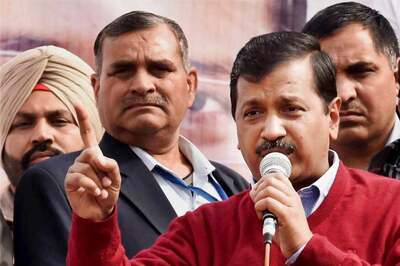
views
The Indian government wants to ambitiously ramp up the solar capacity from 3.5 GW to 100 GW by 2022. That is a highly ambitious, but a feasible goal.
Will it be achieved? Let's look at the challenges. Solar in India is set for a long period of rapid growth. Is enough land available? Can the grid manage it? Is the industry ecosystem ready to deliver?
BRIDGE TO INDIA has analyzed in some detail how and where 100 GW of solar can be built in India in the recent report "Beehives and Elephants". In short: neither the land, nor the grid, nor the industry ecosystem is a hard barrier.
Of course, a lot has to be done right in the coming years: The overall investment climate in India has to be improved, there have to be clear and predictable policies regulating the grid and the power markets, and it would help enormously, if India's high interest rates would come down.
At the same time, the commercial proposition for solar continues to improve. The cost of solar has fallen by more than 50% in the past five years and the cost of electrical storage - a game changer for the industry - is dropping quickly, too.
Solar is rapidly evolving from a fringe technology in need of protection or subsidy, into a competitive, mainstream energy option. Add to that the inherent advantages of solar: it is very easy to use, very fast to build and can come in almost any shape and size.
It is ideally suited to provide on-site power solutions to India's hundreds of millions of underserved consumers. So, overall, the 100 GW target is ambitious but not impossible.
Incidentally, people thought the same about the earlier 20 GW target, when it was first formulated in 2009 - and now it is hardly a stretch. The real issue is perhaps a different one: if India is to see a solar revolution, making solar a key strategic energy source, 100 GW will not nearly be enough.
Because solar panels cannot generate power when it is dark or cloudy, the capacity utilization factor at current cell efficiency levels is only around 18%.
100 GW of solar therefore produces approximately as much power as 20 GW of coal (if the coal plant gets sufficient coal to run without interruptions), potentially providing around 10% of India's power demand in 2022. That is a sizable contribution to India's power mix, but not yet a breakthrough strategy.(Dr. Tobias Engelmeier, Director and Founder of the energy and sustainability consultancy Bridge To India Pvt. Ltd.)



















Comments
0 comment